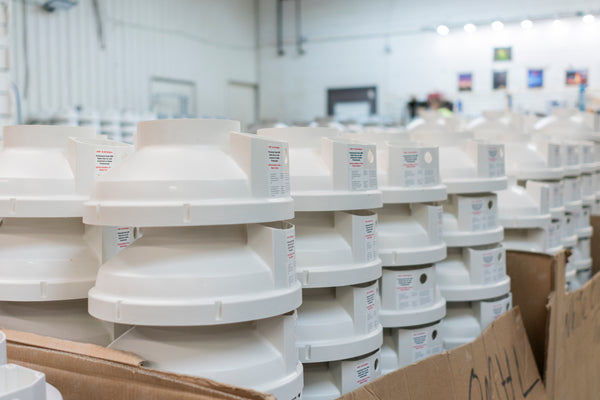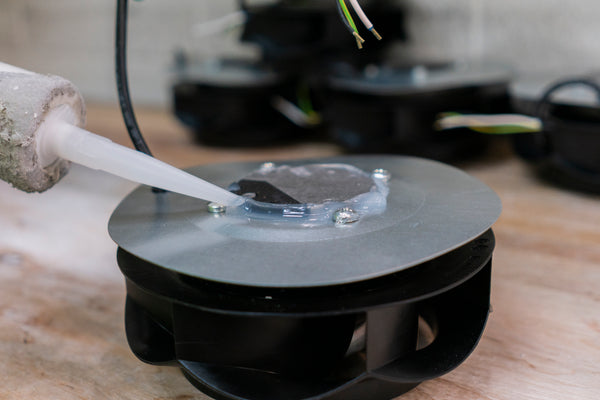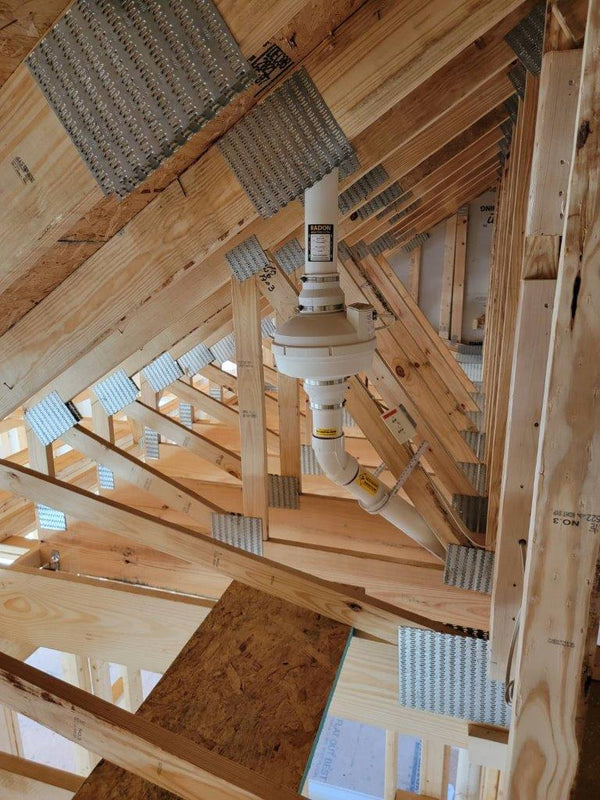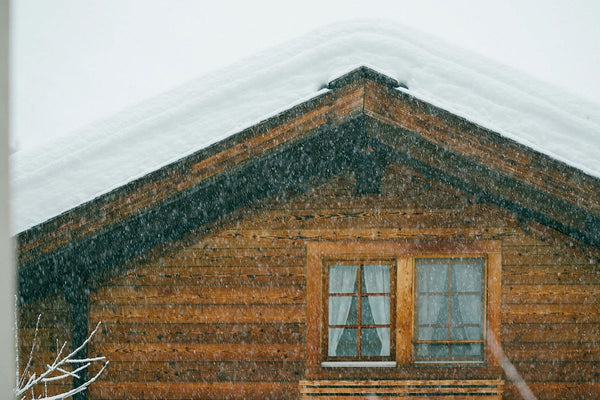
How to Keep Your Home Safe from Radon During Colder Weather
Radon is an invisible, odorless gas that seeps from the ground into homes. Long exposure can lead to serious health problems, including lung cancer. Radon is the second leading cause of lung cancer after smoking. During colder months, the risk increases because homes are closed tight to keep out the cold. That traps radon inside and allows it to build up to unsafe levels. Therefore, it becomes vital to keep your home safe from radon during the winter season. Colder weather changes indoor air movement, making basements and lower levels more prone to gas entry. In short, prevention during this time of year is key. Understanding how radon behaves in winter helps homeowners take smart, effective steps to stay protected.
The Science Behind Radon Build-Up in Cold Weather
Radon comes from natural uranium found in soil and rock. It enters homes through cracks in the foundation, sump pumps, and crawl spaces. As an illustration, imagine air being pulled from the ground into your basement through tiny gaps. The gas then spreads into the rest of your home.
During winter, the “stack effect” becomes stronger. Warm indoor air rises and escapes through the upper parts of the house. That creates lower pressure near the foundation, which draws radon gas in from the soil. Besides, frozen ground and snow around the home trap radon beneath the surface, forcing more of it inside. Similarly, poor ventilation and sealed windows make the problem worse. Hence, understanding these seasonal changes and where radon builds up helps you plan your radon safety strategy more effectively.
Winter Testing Strategies That Actually Work
Testing for radon during winter gives the most accurate results. Closed doors and windows reflect real living conditions, helping reveal true exposure levels. As a matter of fact, winter testing can uncover hidden problems that may not appear in summer readings. Short-term kits can work, but long-term monitors give better insight.
Continuous radon monitors track levels daily and show how temperature or humidity changes affect the readings. Another important point is choosing the right location for testing. Place detectors in the lowest lived-in level, usually the basement or ground floor. In contrast, avoid kitchens or bathrooms where steam and airflow can distort results. Nevertheless, if the test result is above the safe limit of 4 pCi/L, retest and contact a professional immediately. Make radon testing a yearly winter habit.

You can keep your home safe from radon through consistent testing, sealing cracks, improving airflow, and installing mitigation systems if needed
Sealing and Ventilation Fixes That Matter Most
Small cracks and gaps can let large amounts of radon enter a home. Sealing them reduces gas flow and keeps indoor air cleaner. Focus first on cracks in concrete floors, foundation joints, and around utility pipes. Use materials such as polyurethane caulk or epoxy sealant. Sealing improves other areas of energy efficiency, too.
However, sealing alone will not remove all radon. Controlled ventilation helps balance air pressure and release trapped gases. Besides, installing vent fans in basements can lower concentrations. In contrast, blocking vents or closing air returns can worsen the situation. Hence, a mix of sealing and steady ventilation is the best winter approach. Regularly check and reapply sealant before temperatures drop each year.
Radon Mitigation Systems for Long-Term Safety
For high radon levels, an active soil depressurization system is the most effective fix. It uses a vent pipe and fan to draw gas from beneath the foundation and release it safely outdoors. In addition, this system works year-round, including during cold weather when homes are sealed tight.
Hire certified contractors to install or inspect the system. As an illustration, professionals test airflow, seal entry points, and confirm that pressure levels stay stable. Also, check your system regularly to make sure the fan runs smoothly, especially in freezing conditions. Hence, clear snow or ice from outdoor vents to prevent blockage. Choosing an energy-efficient fan keeps operating costs low without reducing performance.

It is vital to keep your house safe from radon during the winter season
Everyday Habits That Help Reduce Radon Risks
Simple daily habits can support radon prevention efforts. Open basement windows briefly on mild days to let in fresh air. This short, controlled ventilation lowers radon levels without losing much heat. Similarly, avoid blocking vents or air intakes with furniture or storage boxes.
Another important point is maintaining your HVAC system. Replace filters often and keep ducts clean to improve air movement. As an illustration, high humidity can make radon stick to indoor dust, increasing exposure risk. Use a dehumidifier in damp basements to reduce moisture.
If you also keep items stored there, think about whether it would be better to rent a climate-controlled storage unit that offers extra protection for your belongings, especially when humidity or temperature changes could damage sensitive materials. This decision often depends on what you’re storing, how long it will stay in storage, and how much sentimental or financial value it holds.
Lastly, remember to test your home for radon at least once every winter. Consistent monitoring helps you track improvements and quickly respond to any new concerns before they become serious.
Professional Help: When DIY Isn’t Enough
Some radon problems need more than home fixes and require specialized equipment. If you’ve sealed cracks and improved ventilation but levels remain high, call a professional. Certified radon experts have specialized tools to detect hidden entry points and measure air pressure differences. In addition, their tests are more accurate than most store kits.
In contrast, DIY methods might reduce levels slightly, but can’t guarantee long-term safety. Choose contractors certified by national radon safety programs. Ask for written estimates and system warranties before work begins. Hence, ensure regular maintenance checks after installation to confirm system performance. Additionally, professional mitigation often increases property value and provides peace of mind through reliable results.

Test your home for radon at least once each winter
Take Action Now to Keep Your Home Safe from Radon
Winter is the most important season to test and fix radon problems. Keeping your home sealed for warmth increases the chance of gas build-up. With this in mind, take action early by testing and sealing your home before temperatures drop.
In short, keep your home safe from radon through consistent testing, sealing cracks, improving airflow, and installing mitigation systems if needed. Besides, professional guidance ensures that your home remains protected throughout every winter season. Healthy indoor air starts with awareness and action. Test, monitor, and maintain your radon safety measures all year for lasting protection.

